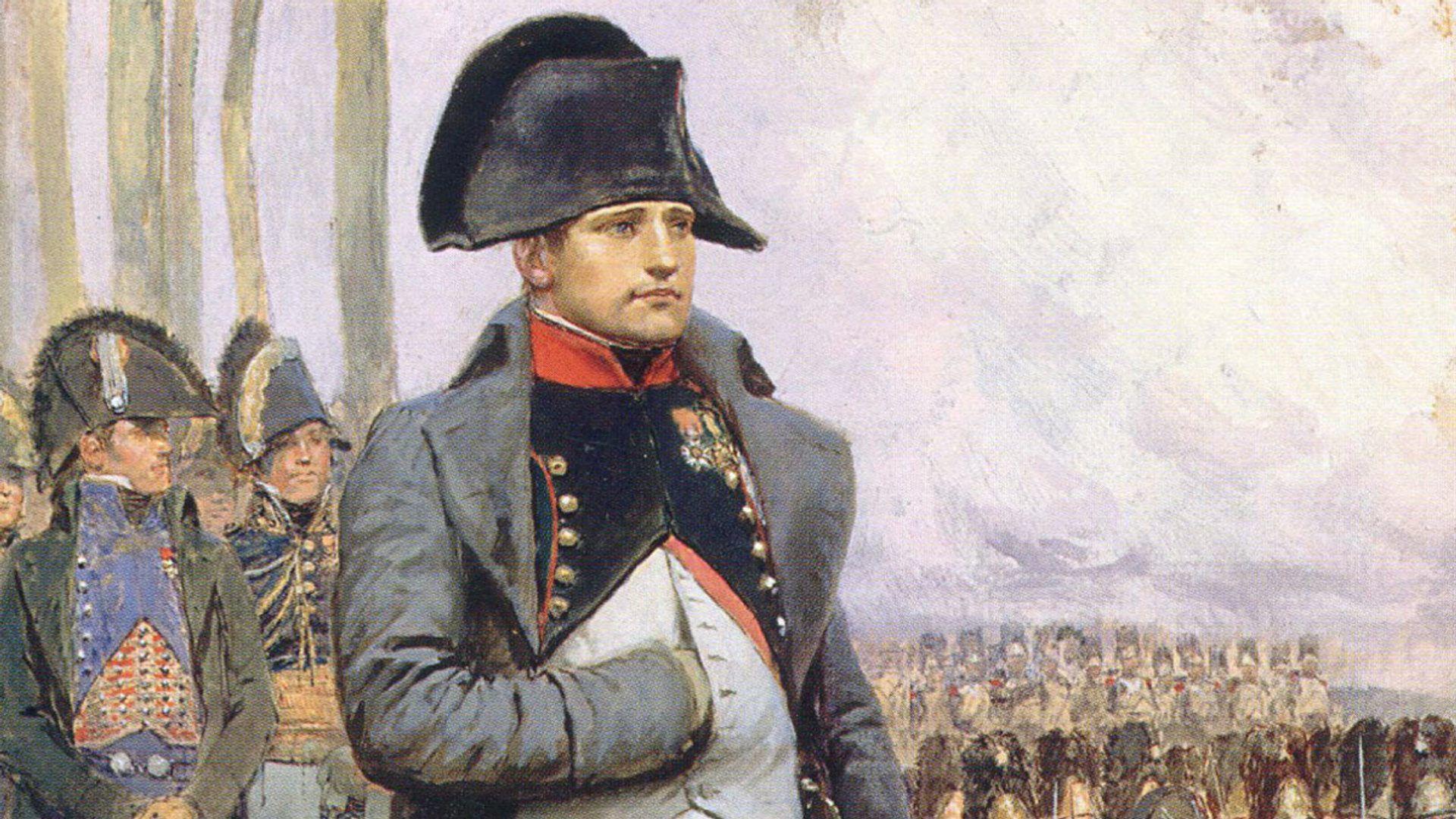The Napoleon Technique | Turning Procrastination into Productivity
Can you imagine if you could turn procrastination into a tool that actually boosts your productivity instead of dragging it down. Sounds too good to be true, right? Enter the Napoleon Technique, a method inspired by none other than Napoleon Bonaparte himself. By strategically delaying certain tasks, you can often find that they resolve themselves or become less important over time, allowing you to focus on what truly matters. However, this technique isn’t about avoiding work; it’s about working smarter by recognizing when inaction can be more effective than immediate action. Curious to see how this could change your approach to productivity? Let’s explore together !
What is The Napoleon Technique ?
The Napoleon Technique is a productivity technique that involves delaying dealing with something when there is a good chance that it will resolve without your immediate input. When Napoleon was a general in Italy, he directed Bourrienne to only open letters that came by extraordinary couriers, and to leave all the other letters unopened for three weeks. He observed that a large part of the correspondence had disposed of itself and no longer required an answer. The approach helps conserve energy and focus on more critical tasks. Instead of rushing to address every issue immediately, you allow time to determine whether the task is truly worth your attention, often leading to more efficient decision-making.
For example, A teacher notices a minor classroom dispute but waits to see if students resolve it independently. This approach encourages problem-solving skills among students. Or, A project manager delays addressing a minor scheduling conflict to see if team members can work it out independently, which they often do.
How to Implement the Napoleon Technique:
- Assess Task Urgency
- Before delaying a task, determine if it’s truly urgent. Tasks that don’t require immediate attention can be postponed.
- Example: A writer puts off editing a draft because the publication deadline is still weeks away.
- Evaluate Potential Outcomes
- Consider what might happen if the task is delayed. If the potential negative impact is minimal, it’s safe to wait.
- Example: An IT specialist waits to update software, knowing it won’t cause potential issues.
- Set a Review Period
- This is IMPORTANT ! Decide on a time to revisit the task. This ensures that important tasks aren’t neglected indefinitely.
- Example: A teacher postpones grading minor assignments, planning to review them at the end of the week.
- Prioritize Based on Impact
- Focus on tasks with the highest impact, letting lower-priority tasks sit. Often, these low-impact tasks resolve themselves.
- Example: A product manager focuses on a major feature update, leaving minor bug fixes for later.
- Monitor and Adjust
- Regularly check in on delayed tasks to see if they still require action. Adjust your approach based on what you learn.
- Example: A homeowner delays painting a room, later realizing it can wait until after other renovations are complete. or, An event planner delays ordering decorations to see if the theme changes. Upon revisiting, the theme remains the same, so they proceed with the original order.
5 common pitfalls to avoid
Procrastination Trap: Don’t use this technique as an excuse to avoid tasks indefinitely.
Ignoring Important Tasks: Be cautious not to delay tasks that have real urgency or impact.
Failure to Reassess: Regularly revisit delayed tasks to ensure they don’t become forgotten.
Overestimating Self-Resolution: Don’t assume every issue will resolve itself; some require intervention.
Lack of Communication: Failing to inform others about delayed tasks can lead to misunderstandings.
Final Takeaway | The Napoleon Technique
The Napoleon Technique offers a compelling solution for transforming procrastination into productivity. By breaking tasks into manageable segments and setting specific, focused time blocks, we can overcome the inertia of delay and cultivate a habit of efficiency. Remember, productivity isn’t about working harder but about working smarter and more intentionally. Give the Napoleon Technique a try, and watch as your procrastination melts away, revealing a path to your most productive self. However, be mindful of that when using this technique, make sure that it’s truly beneficial for you to do so, and that you’re not just using it as an excuse to procrastinate or avoid dealing with information that you don’t want to handle.
Further read : Life Lessons From Napoleon Bonaparte https://scottflear.com/napoleon-lessons
Read also : The Overkill Backfire Effect: Why Simplicity Triumphs in Persuasion https://thebrightdelights.com/the-overkill-backfire-effect-why-simplicity-triumphs-in-persuasion/
